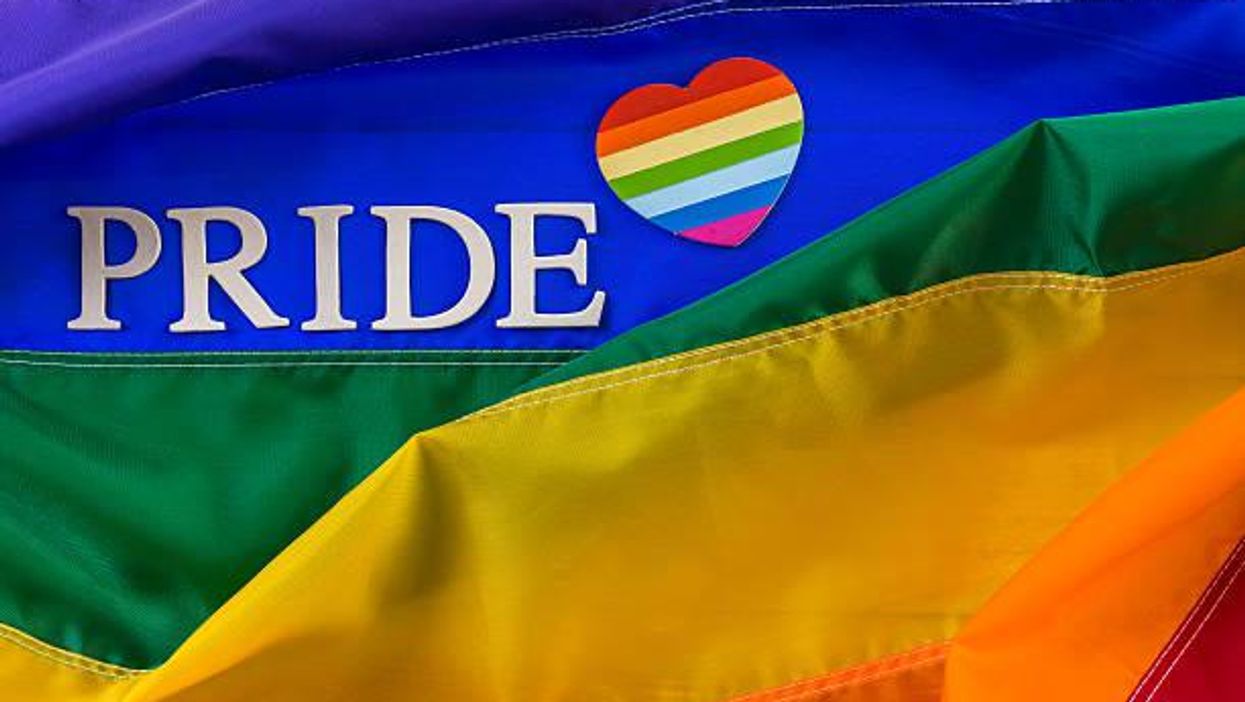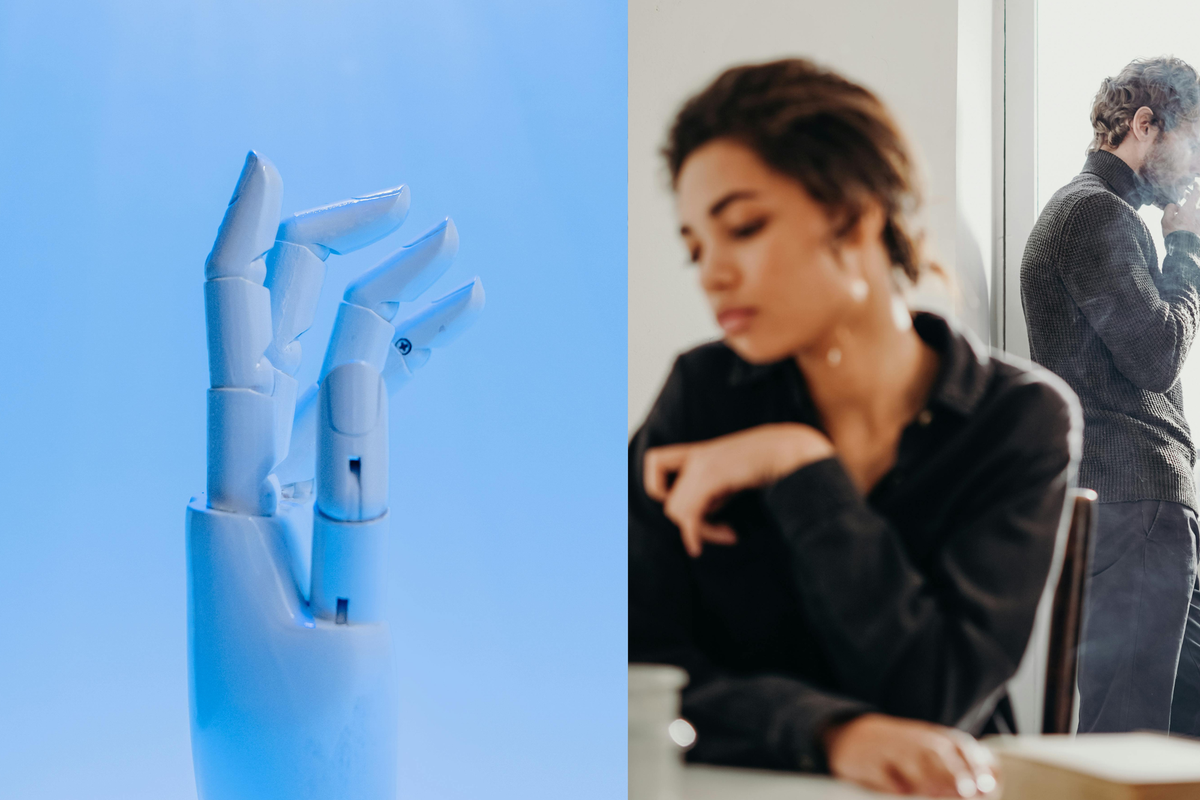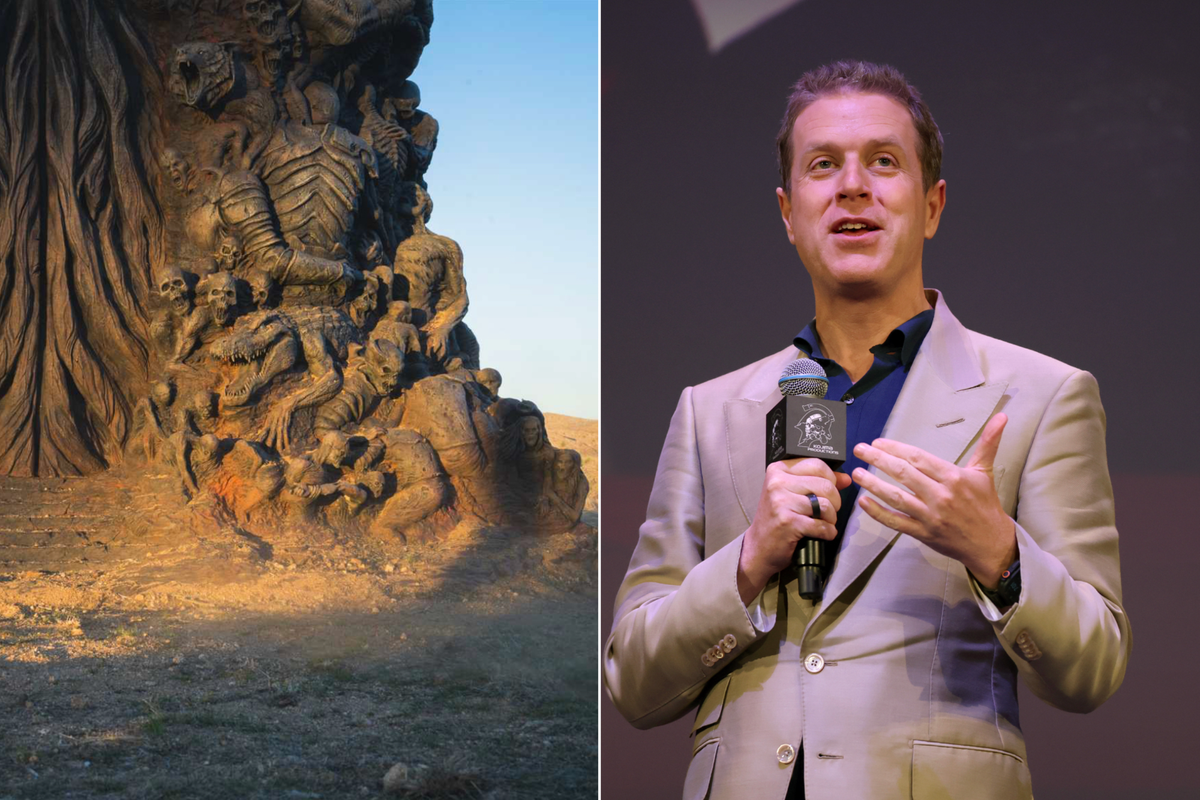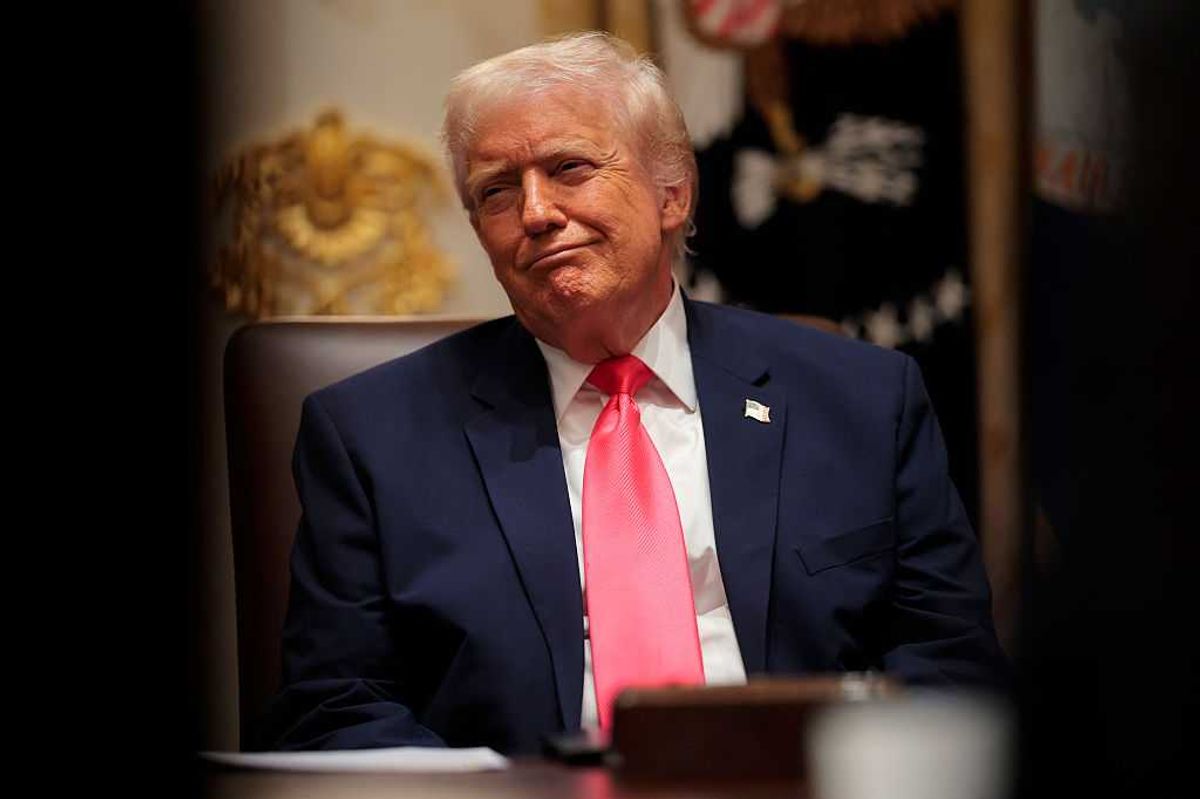The rainbow flag has become synonymous with the celebration of the LGBTQ+ community. It's often seen at Pride celebrations, festivals and in the homes of thousands.
But where did it all start?
It dates back to 1978, when San Francisco Activist, Gilbert Baker, designed the first rainbow flag. Inspired by the lyrics of Judy Garland’s Over the Rainbow, Baker was urged by Harvey Milk, one of the first openly gay elected officials in the US, to create a symbol of pride for the gay community.
Milk was assassinated in November 1978 by Dan White, the former San Francisco supervisor, fireman and policeman. He had been in office for less than a year.
Baker later said in an interview: “Our job as gay people was to come out, to be visible, to live in the truth, as I say, to get out of the lie. A flag really fits that mission because that’s a way of proclaiming your visibility or saying, ‘This is who I am!’”
Each colour stands for a different component of the community:
- Hot Pink – Sex
- Red – Life
- Orange – Healing
- Yellow – Sunlight
- Green – Serenity and Nature
- Turquoise – Art
- Indigo – Harmony
- Violet – Spirit
The first Pride flag was flown on 25 June 1978 during the San Francisco Gay Freedom Day parade, according to Britannica. Baker and a team of volunteers made the flags by hand and hoped to have them mass-produced. However, the pink and turquoise stripes were removed due to production issues, and indigo was replaced by blue.
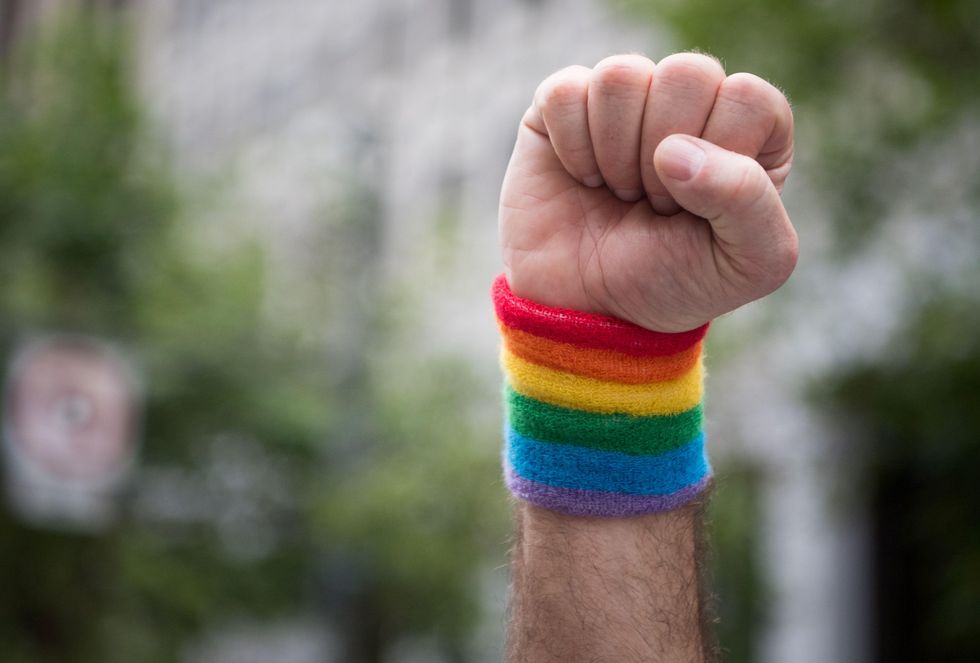
Sign up to our free Indy100 weekly newsletter
In 1994, the rainbow flag was finally internationally established as the symbol of LGBTQ pride.
In 2017, the city of Philadelphia added two stripes to the Pride flag: black and brown. They were added on the top of the flag to "the struggles and prejudices that queer people of colour face regularly," according to Flag Makers.
\u201c#LGBTHM22: Philadelphia Pride Flag\nThe Philadelphia Pride Flag was unveiled in 2017. The design added black and brown stripes to the original Pride flag to represent LGBTQ people of colour, who have historically been excluded from aspects of the mainstream gay movement.\u201d— Bishopsgate Institute (@Bishopsgate Institute) 1645099291
A year later, designer and activist Daniel Quasar released an updated version of the Pride flag with the Transgender flag to bring focus on further inclusion and progress. This amended flag added a chevron to the traditional six-colour flag to represent marginalised LGBTQ+ communities of colour, those living with HIV/AIDS and those who’ve been lost, and trans and non-binary persons.
In 2021, Valentino Vecchietti of Intersex Equality Rights UK adapted the Pride Progress flag design to incorporate the intersex flag, creating this Intersex-Inclusive Pride flag 2021.
\u201cHappy Pride Month! You may notice a new flag flying from Grand Erie facilities this year. The intersex Pride flag includes a circle symbol to highlight unity free from gender stereotypes. #LearnLeadInspire #PrideMonth\u201d— Grand Erie District School Board (@Grand Erie District School Board) 1654094197
Have your say in our news democracy. Click the upvote icon at the top of the page to help raise this article through the indy100 rankings.
